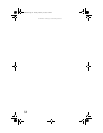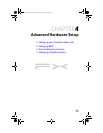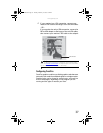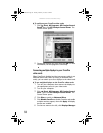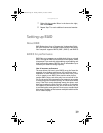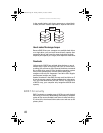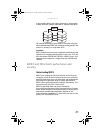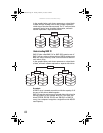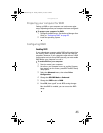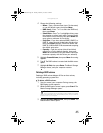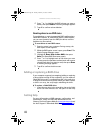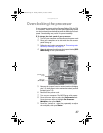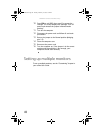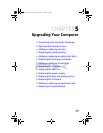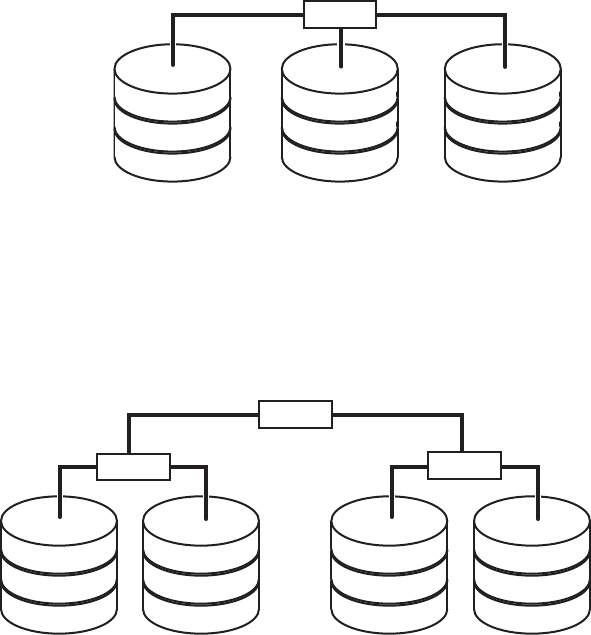
CHAPTER 4: Advanced Hardware Setup
42
In the graphic below, each letter represents a unique block
of data, and the number next to each number represents
which copy of the data files are stored. The “P” next to a letter
represents parity (error-checking) information, and each
column represents a separate hard drive.
Understanding RAID 10
RAID 10 (also called RAID 1+0 or RAID 1&0) contains sets of
RAID 1 mirrors acting as drives within a RAID 0 striping array.
With this setup, the array could survive one drive failure in
each mirror array.
In the graphic below, each letter represents a unique block
of data, and each column represents a separate hard drive.
Drawback
A RAID 5 array is treated as one drive with the capacity of all
but one of the drives added together.
RAID 10 treats the entire array as a single drive with twice the
storage capacity of the smallest drive. So if you have four
drives (350 GB, 300 GB, 250 GB, and 200 GB) in a RAID 10
array, your computer recognizes a single drive with 400 GB
total capacity.
A1
B1
CP
A2
BP
C1
AP
B2
C2
RAID 5
A
C
E
A
C
E
B
D
F
B
D
F
RAID 0
RAID 1
RAID 1
8512162.book Page 42 Tuesday, February 13, 2007 3:44 PM



